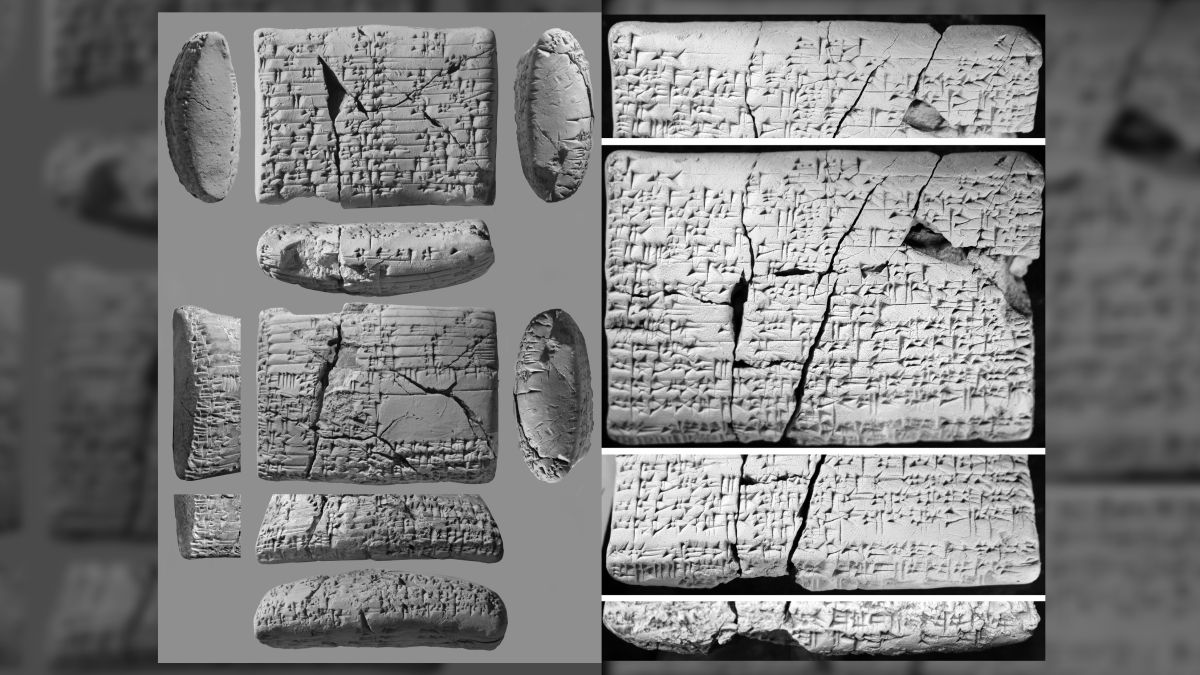The alphabet in Kazakhstan — which one?
They were already talking about this when I was in Kazakhstan twenty years ago.
The ABC of alphabet reform in Kazakhstan
Moving from Cyrillic-based to modified Latin script will distance the central Asian state symbolically from Russia
By Tony Barber, Financial Times (7/3/23)
——
It took only a few hours after my arrival in Astana, Kazakhstan’s futuristic capital, to appreciate the immense changes since my first visit to the country 36 years ago. Most obviously, Kazakhstan was no longer the drab central Asian outpost of a drab communist empire ruled from Moscow. But what caught my eye most was the young man with one word on his T-shirt: “Qazaqstan.”
How to spell the country’s name, and which alphabet to use for the Kazakh language, are questions of the highest political sensitivity. Cautiously, the government is preparing to replace the Cyrillic-based alphabet used for Kazakh since Joseph Stalin’s dictatorship with a modified Latin alphabet. Some Kazakhs already spell their country’s name as they would like it in Latin script — Qazaqstan.
Read the rest of this entry »


